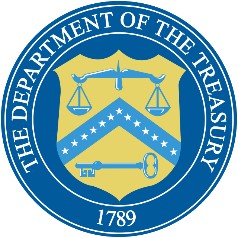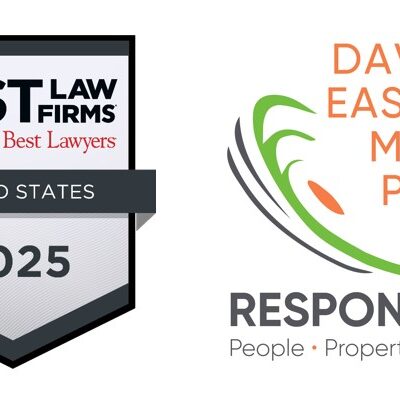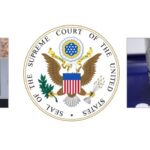Each time we complete a client’s estate plan, we recommend that they revisit the plan annually at tax time to determine whether or not their financial position has changed from years prior.
We also recommend the client review all of their estate planning documents at least once every three (3) years. The key is determining whether or not the plan is still viable or requires some form of attention. The potential issues for reviewing the plan include the following:
- The death of a beneficiary.
- Marriage, divorce or marriage of a beneficiary or of the client.
- The birth or adoption of a child, whether that child be a child of the client or a grandchild.
- The death or change of a personal representative such as an agent, executor, trustee or health care agent.
- The need to change a child’s guardian.
- Changes in client’s attitude on how their assets should be distributed.
- A significant change in the asset mix or the value of the assets.
- Change in the tax laws or a perceived change in tax laws in the eyes of the client which raise questions.
- The retirement of a client.
- The receipt by the client of an inheritance or a substantial gift.
- The client’s uneasiness about their will for any other reason.
Any of these reasons should motivate a client to review their estate planning documents including, but not limited to their will, power of attorney, living will and/or trust. Many of the documents already contain contingencies for these events, but it is better to be safe than sorry.
As part of the estate planning checkup, we recommend attention be given to other issues. We generally start by reviewing potential issues concerning title to assets. For example, many clients know what their will or other documents provide, but are unable to determine or lack the knowledge as to exactly how they hold title to assets such as real estate, bank, mutual funds or trading accounts. How title is held can very well control whether or not an asset passes as provided by the will.
Items that pass directly to beneficiaries are known as “non-probate assets.” Those assets are given to beneficiaries outside a will. In contrast, items that pass through the estate by will or intestacy where there is no will are called “probate assets.” The terms and conditions of a will are not intended to govern the non-probate assets, unless specific provision is made in the beneficiary designations of the accounts.
While this has generally been the law governing assets with beneficiary designations, a new line of cases has recently developed in New Jersey that could cause confusion. A judge faced with conflicting statements between a beneficiary designation and a will would be forced to discern the “intent of the testator” will attempt to find what a decedent meant. A better, less expensive way is drawing documents with clarity and taking actions consistent with the documents.
Knowing whether or not beneficiaries have been designated in deeds, life insurance or retirement plans can be critical. If a plan or account is on-line, one can simply check whether or not a beneficiary designation is still in place. If not, the appropriate beneficiary designation should be made. It is our recommendation that the beneficiary designations on accounts for which the client has on-line access be checked at least semi-annually. In addition, we also recommend printing out a copy of the beneficiary designations and keeping them with other important papers. Those who cannot access their accounts on-line should contact their financial advisor.
The most common non-probate asset is a deed. As a non-probate asset a deed generally passes title through a designation within the deed itself. Only if a successor is not designated would title to the property pass and be distributed under the will. A deed could have no designation creating the presumption of an intent that the owners are tenants in common. Tenants in common do not inherit from each other. On the other hand, joint tenants or tenants by the entirety in fact inherit the other’s interest by deed.
Similarly, bank accounts often have designations such as payable on death (POD) or provide for joint tenants with the rights of survivorship or designate the account holders as joint. Under these situations, the assets pass to the surviving holder of the account. This may also be true for mutual fund and brokerage accounts.
This is just the beginning of the regular checkup process. Once titles to the non-probate assets are certain, the next item to be reviewed would be the will or trust. In subsequent articles, we will touch on the details of the will, persons included and excluded from a plan, specific will and trust issues, gift giving, business succession, retirement asset planning, powers of attorney, living wills and health care proxies.
Up next: Reviewing the Dispositive Portions of the Will
Author: Robert Munoz, Esquire














